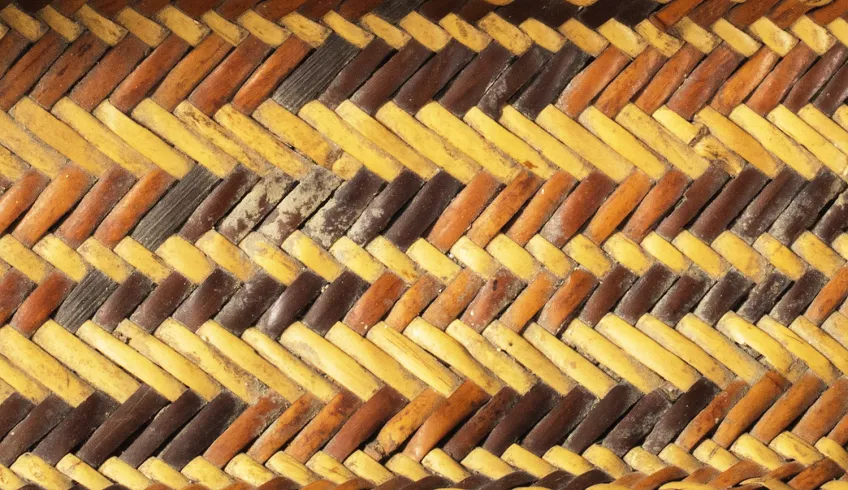Early modern culture of collecting
In the age of exploration, new scientific ideals and methods expanded the territories of knowledge. Collections became a way of showing off your knowledge of the wonders of the world.
The so-called “age of exploration” between 1550 and 1750 was an immensely transformative period in European history. New scientific ideals and methods – including the use of microscopes and telescopes – expanded the worldview and opened new territories of knowledge. Travels to previously unchartered parts of the world flooded Europe with objects from around the globe. In this cultural climate, collecting turned into a popular pastime among scholars and the upper classes, eager to obtain – and show off – their knowledge of the wonders of the world.
The first treatise on collecting was published in 1565 by the Belgian physician Samuel Quiccheberg (1529–1567), describing an ideal museum or “Theatre of Wisdom”, in which objects of nature, works of art and scientific instruments had been arranged into a kind of physical encyclopedia. A few decades later, the British philosopher Francis Bacon (1561–1626) described an imaginary research facility containing “a goodly huge cabinet”, housing artifacts, minerals, fossils and natural objects of every imaginable kind. Such a facility, Bacon argued, would constitute “a model of the universal nature made private”, making it possible to discover the “natural causes” of all phenomena.
How the collections turned into an object of prestige
The museums of Quiccheberg and Bacon were fictional creations, but toward the end of the 16th century, it became fashionable among scholars to collect natural objects and exotic artefacts. Some scholars, like the Italian apothecary Ferrante Imperato (ca. 1525–1615), amassed collections that gained international reputation and attracted visitors from all over Europe.
In the 17th century, the collection gradually turned into an object of prestige. Royalties, noblemen and wealthy merchants created opulent collections as symbols of their status, often focusing on rare and extraordinary objects. In the collection of Duke Frederik III in Gottorp, visitors could behold everything from exotic stuffed animals to artefacts from the entire known world: hats from Persia, horns from Africa, shoes from India, sculptures from Java, necklaces from America and jewelry boxes from Indonesia – everything that made the visitor wonder and marvel had a place in the 17th century Wunderkammer, as the museum was often called in Germany.
With the intention to dazzle and inspire awe
But collections also served a scientific purpose. In the 17th century, a predominantly “bookish” culture of scholarship gradually gave way to empirical natural philosophy, emphasizing sensory experience as the foundation of scientific knowledge. In the wake of this transformation, many European universities established their own collections, used as repositories of natural objects that could be handled, studied, dissected, probed and classified by students and naturalists.
Early modern scientists were not averse to the sense of wonder, however, and even strictly scientific collections were often intended to dazzle and inspire awe as much as inform and provide knowledge. Throughout the early modern era, science was intimately tied to a religious worldview, in which knowledge served a religiously edifying purpose. As collectors often emphasized when describing their museums, nature itself was nothing but God’s creation, and by studying the “Book of Nature” one not only gained knowledge of the world, but ultimately also about God’s omnipotence and wisdom.


